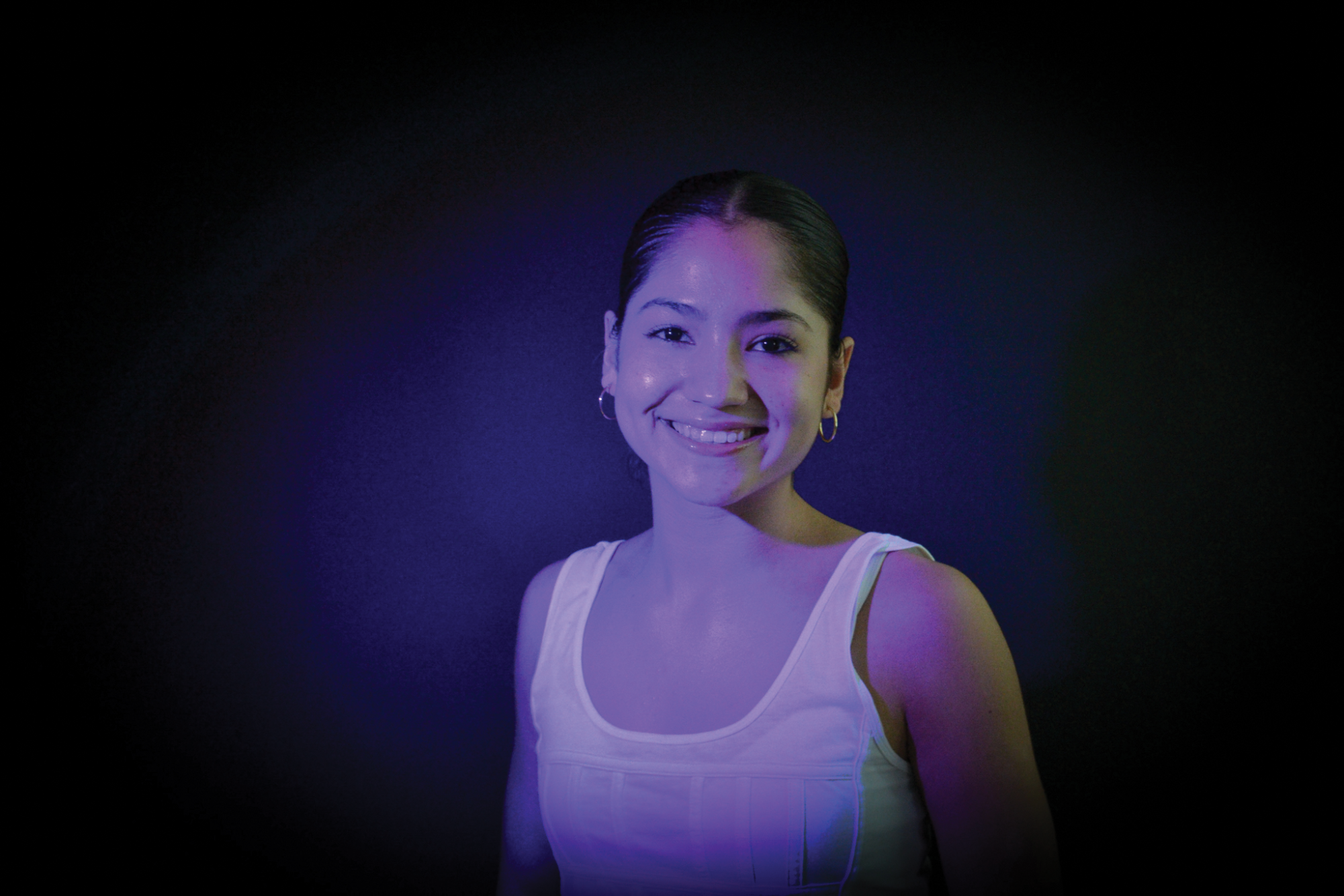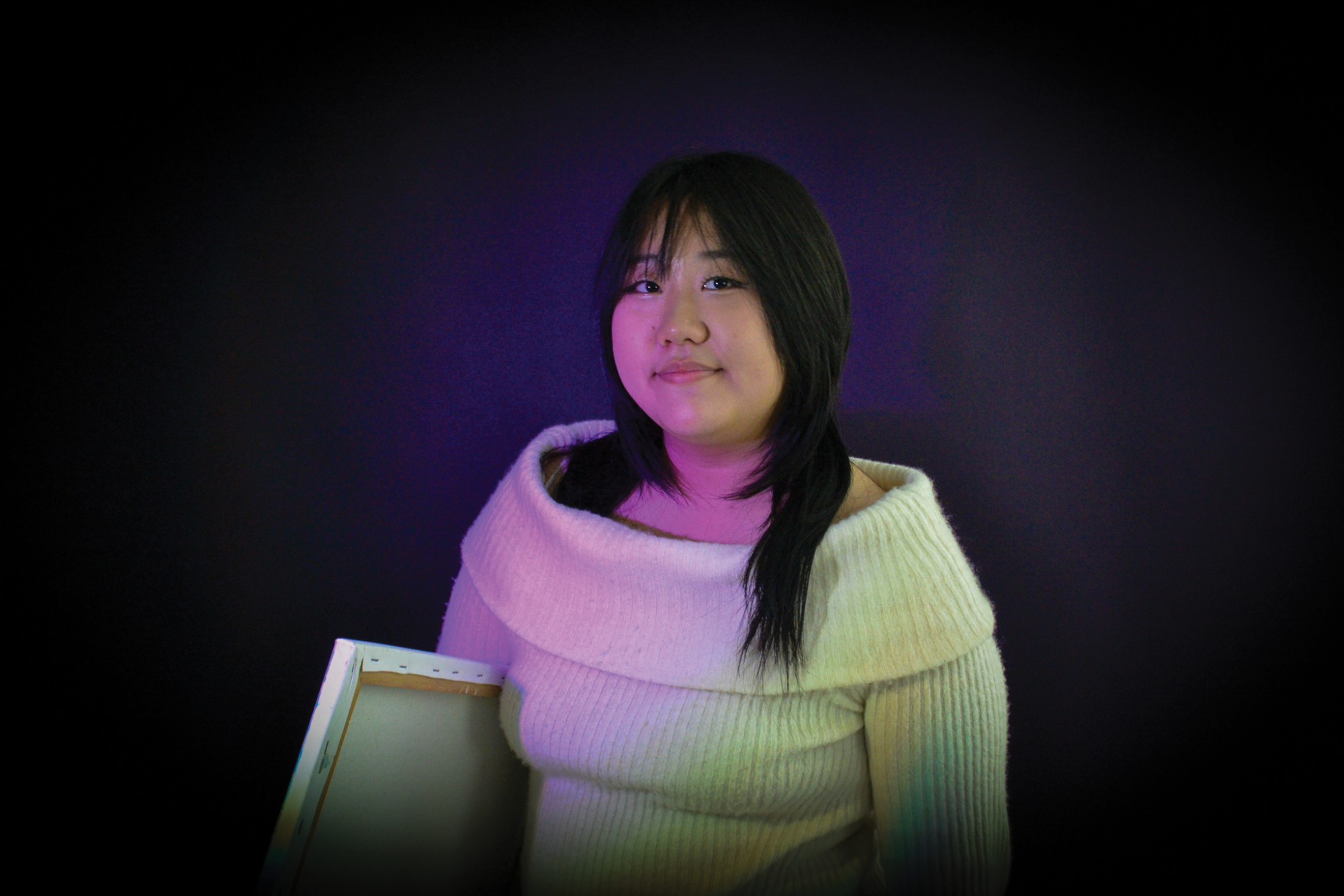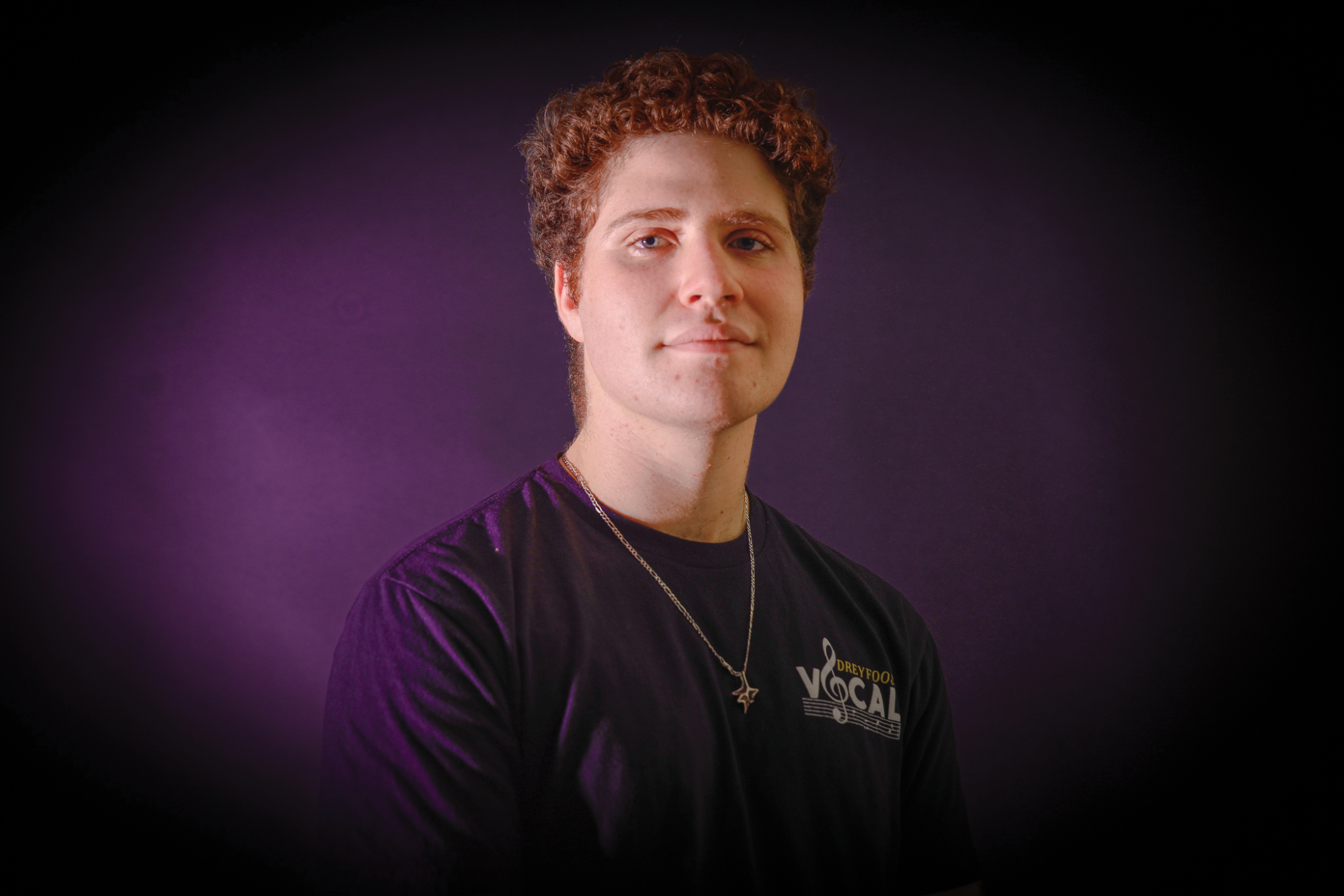Arts after Dark

Dancing at school studios, setting up and rehearsing the current school play, or staying after school to work in the photo studios, students often practice their major after school hours. But generally, the work goes beyond the campus gates.
According to a casual survey by The Muse, 94.5% of students reported working at least an hour on their major outside of school each week, while 16.5% reported working seven or more hours a week.

In her first semester speech class, Asnani learned how to write and perform Oral Interpretation — a speech event — where a student acts out either a collection of poems or prose. Asnani chose the prose piece, “Wash the World Away” by Wendy Nikel, and found that her performance practice went beyond the classroom.
“At home I’m going over what I need to memorize and what kind of movements I want to do for my performance,” Asnani said. “And since the performance is coming up really soon, I’m videotaping myself and seeing what I need to improve on and what I can do better in terms of hand movement, voice, inflection, and other stuff.”

Kour explains that usually the smaller the instrument, the smaller the sound that is made: which is why she is able to practice the flute in her bedroom. While practicing, Kour prioritizes quality over quantity work, so while she notes that she might practice less than other flutists, her utilization of the Tonal Energy App — which has a tuner and metronome that helps her with pitch, accuracy, timing, and breaks — proves most effective for her.
“I stop all the time just to make sure everything’s perfect,” Kour said. “You don’t want to practice the wrong thing. It’s harder to break the habit than to learn the habit.”

While most work done at home directly relates to a specific class, Ross tends to use her time outside of class to create work for on-campus organizations.
“We also do a lot of graphic design (in digital media),” Ross said. “But I don’t use any preset stuff, I actually hand draw it. I did the design for the cheer team, and also did the design for a couple clubs around school, which I think is pretty cool.”

Even though she does practices in dance studios some days during the week, Sarmoen tries to practice at least three days from her own home.
“I do it in my garage,” Sarmoen said. “I do have some mirrors in there, and sometimes I’m recording myself. But a lot of times I tend to be on a live Zoom for online classes I take, or sometimes private lessons.”

In a two week span, Chen spends around 40-70 hours at home creating her artwork for class. She prefers creating art, utilizing India ink on 18” x 24” canvases. She finds that India ink, which differs from traditional painting as it uses a medium similar to a “dipping ink pen,” takes her more time to create art pieces.
“I work everywhere, honestly it’s just around the house,” Chen said. “ Usually I work on the table, and have to spread newspapers because India ink can get messy.”

When working on her solo repertoire, Wang spends around two hours on weekdays, and three to five hours on the weekend. Her practice time is split into rhythm practice, technique work, and arpeggios practice. Beyond using a metronome, which can feel like a “musician’s best friend” or “enemy,” Wang often incorporates her own voice as a tool.
“I do sometimes sing when I’m practicing,” Wang said. “I’m not obviously a vocal major or anything, but I hum sometimes. It can help for more lyrical pieces, or when I’m playing pieces that have a lot of emotion.”

As a “Mamma Mia!” ensemble member, Schneider explains that “you’re basically doing a bit of everything to support the lead roles in the show,” and while he rehearsed for around two and half hours on school days, he also practiced at home.
“(In rehearsals) we would record videos of the choreography and record recordings for the vocal parts for the music,” Schneider said. “I would go home and I would practice those a lot of times, and that’s how I really get the choreography to being at an acceptable level for the show.”

Practicing for around an hour and a half each day, Levkovitz has to prepare pieces for the school chorus, college auditions, and juries: totaling up to 28 pieces in his fall semester. Levkovitz learns and practices these pieces at home until they are at a suitable level for him.
“I recorded myself, and listened back to try to find where I messed up,” Levkovitz said. “I follow along in the music while I’m listening to it to see memorization issues, and stuff like that. For the most part, I kind of just sing into a wall, that way the sound bounces back at me.”
This poll has ended.
How long do you work on your art area after school?
Sorry, there was an error loading this poll.
Your donation will support the student journalists of Dreyfoos School of the Arts. Your contribution will allow us to purchase equipment and cover our annual website hosting costs.



